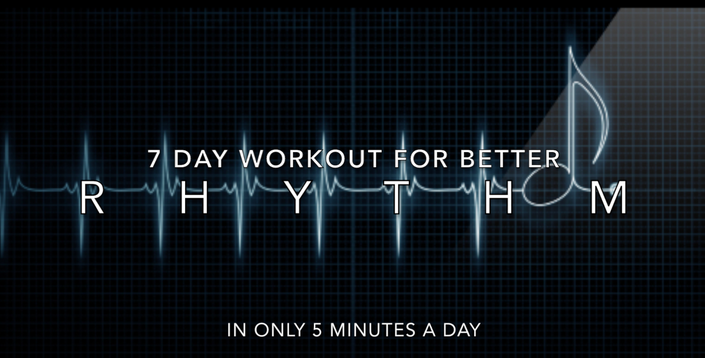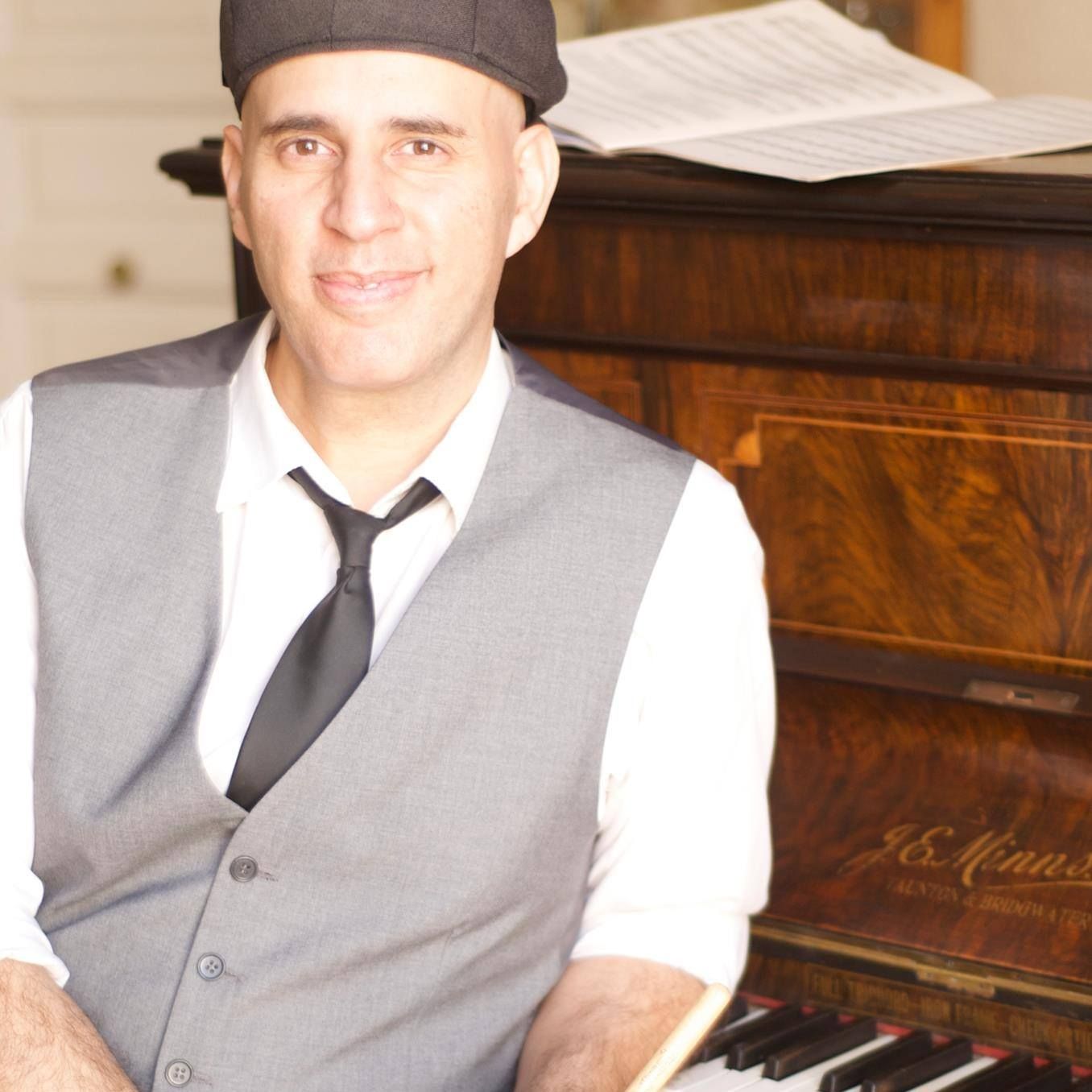
7 Day Workout For Better Rhythm
Simple, yet effective exercises for developing rhythm, inner time and sharper listening skills!
Watch Promo
TAKE YOUR RHYTHMIC SKILLS TO THE NEXT LEVEL
RITMIA deals with developing a solid understanding of the most common rhythmic figures used in music today. These exercises will help you gain the facility to execute these figures in time by feeling and understanding the relationship between what you hear, what you feel and what you play. You will be developing the tools to provide a solid pulse on any instrument. That is the key for developing a relaxed, confident and well grounded time feel and groove.
ENHANCE YOUR LISTENING SKILLS
Practicing with metronome forces you to listen carefully and to listen to more than just yourself. These exercises will increase your musical awareness, which will help you become a better performer.
ONLY 5 MINUTES A DAY
5 minutes a day it's all it takes to complete transform your playing! As you progress with the exercises you will start to hear any rhythmic issues or inconsistencies, as a result of your enhanced awareness of time and pulse.
SINGING AND PLAYING (VOICE INDEPENDENCE DEVELOPMENT)
The main difficulty when trying to sing and play your instrument at the same time boils down to not being able to HEAR and FEEL the rhythmic relationship between the 2 parts (when you are by yourself) and it gets even more challenging if you are playing with other people or jamming to any type of backing track or metronome, because now there are more things to interpret and get in sync with. These exercises will help you develop the ability to accurately interpret what you hear and synchronise both your playing and your inner time to what you are listening to. The best musicians on the planet are able to play their instruments and at the same time sing or vocalise the music they are performing (melodies of tunes, bass lines, guitar or keyboard riffs, percussion or drum parts etc). Their main concern is not what they play, but the effect that what they play has on the music. Singing is the key element here, because your voice is the physical manifestation of your inner pulse or inner time. If you can ́t sing in time, chances are you won ́t be able to play in time. The more “in time” you ́re able to sing the rhythms and figures, the firmer the imprint in your brain and body of those rhythms, allowing you to play a relaxed, flowing time feel and pulse.
THE PROCESS
Each day you will be working on a set of exercises using one minute tracks. Each track will give you a count off, a metronome, a clapping sound and a voice sound. The idea is that you follow the audio by clapping and singing the correspondent parts, while staying rooted on the basic pulse. You will also have a visual image of the 3 different parts (metronome, clapping & voice). Once you have completed the exercises, you will write down the ones that you struggled with, because these will be your assignments on days 6 and 7. The main idea is to synchronize what you are listening (metronome), what you are playing (clapping) and what you feel internally (voice). On days 6 & 7 you will be working on the exercises you wrote down at the end of each session on the previous days, which should be the exercises you found most challenging. The idea is to work on your weaknesses until they become your strengths.
Your Instructor

Course Curriculum
-
PreviewDay 1 Part 2 ( 16th notes section 1) (7:17)
-
StartDay 2 Part 2 ( 16th notes section 2) (7:17)
-
StartDay 3 Part 2 ( 16th notes section 3) (7:16)
-
StartDay 4 Part 2 ( Triplets section 1) (5:14)
-
StartDay 5 Part 2 ( Triplets section 2) (6:19)
-
StartDays 6 & 7 Part 2 ( Working On Your Weaknesses) (24:38)
Frequently Asked Questions
RITMIA was created as a method for developing a strong inner pulse, a deep understanding of rhythm and the ability to hear and interpret the rhythmic patterns that we hear. Music is a form of communication, so we need to be able to interpret what others play in order to respond, just like when we are having a conversation. The main idea is to sing the parts that you're going to play in order to train yourself to hear how they fit in with the rest of the music. You need to work on the skill of being able to hear in real time the relationship between what others are playing and what you are playing so you are able to adjust and support the musicians you are playing with and serve the music in the best possible way.

